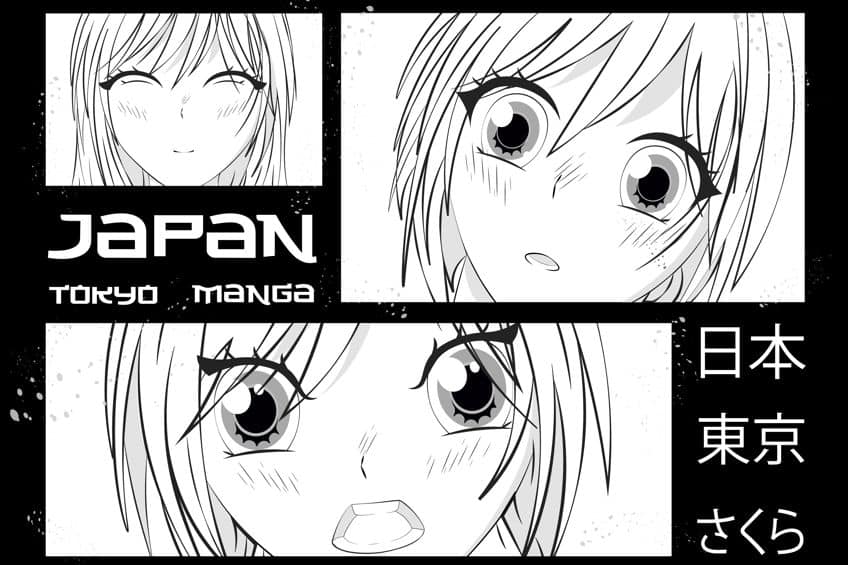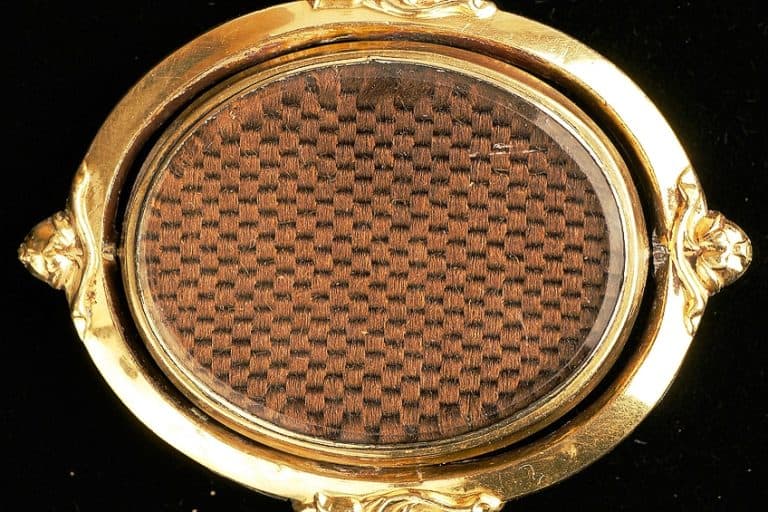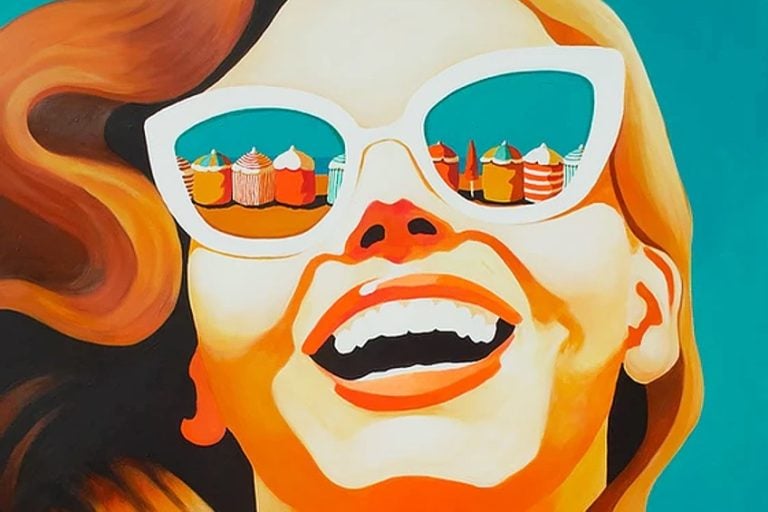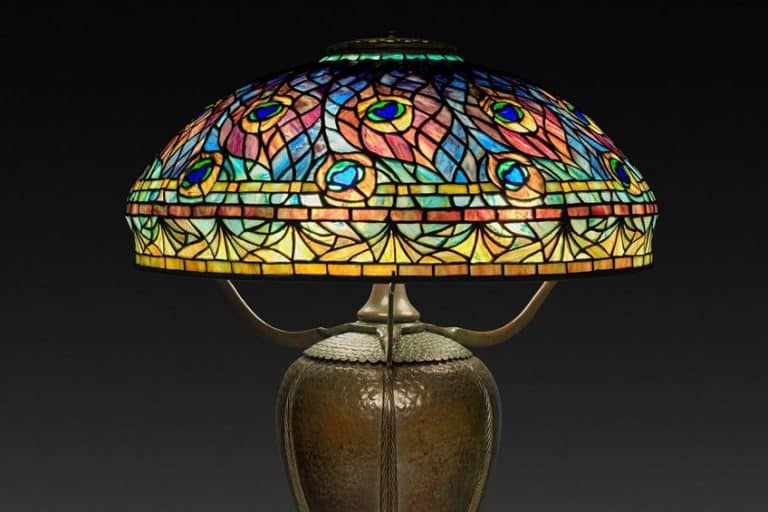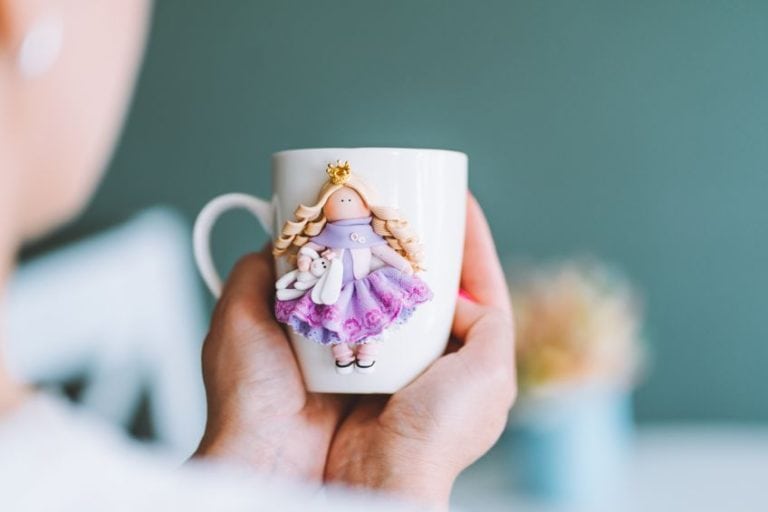What Is Manga? – All You Need to Know About Japanese Comics
Manga is not an everyday word you use in conversation. So, what is manga? Briefly, manga is a Japanese form of art that uniquely tells a story using an artistic visual style. So, if you love fantasy classics and want to learn more about manga, or if you want to become a manga artist, this article is for you!
Table of Contents
What Is Manga?
Manga is an overall term used for a large range of graphic novels and comic books that has its origin in Japan. The term manga is derived from two Japanese words that include “man”, which means whimsical or entertaining, and “ga”, which means pictures, images, or cartoons. Different from the American or Western world comic books that are printed in full color, Japanese manga is always black and white. Also, Western cultures usually read from left to right, while Japanese manga goes from right to left.
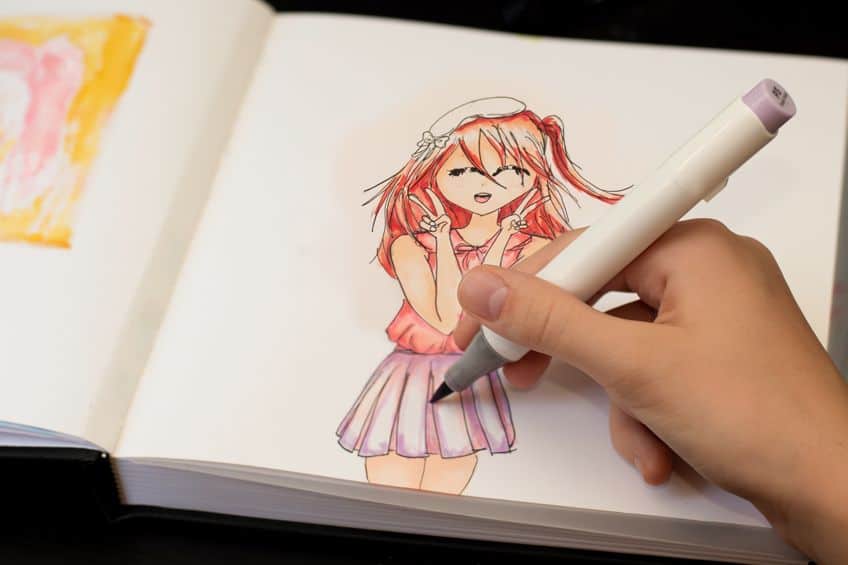
Manga is very closely associated with Japanese society and culture and includes different genres from adventure, action, business, and comedy, to historical genres, drama, detective, horror, romance, mystery, science, fantasy, fiction, sports, and many others.
In Japan, manga is released or published in popular magazines, such as Shonen Beat or Jump. These are released on a weekly or monthly basis, chapter by chapter, and can run for an extended period. If the series proves to be popular, it is then published in volumes referred to as “tankobon” that feature a few chapters of the overall story each time.
Manga can be educational or entertaining, but for the Western world, manga is published mostly for entertainment purposes. Many people in the Western world are under the impression that manga is mostly for children only, but it is designed for people of all ages to enjoy.
Brief History of Manga
What was the first form of Manga in Japan? There is a very rich and long history of manga that dates back as far as the 12th and 13th centuries. There is also evidence in the form of scrolls created by Japanese Buddhist monks, which were created in one continuous format that displayed chapters depicting certain animals that behaved just like humans. The history of the manga concept only began to properly take shape during the Edo era (1603 – 1867), when books of drawings known as Toba Ehon were released. Then, during the late 18th century, manga’s popularity increased with the release of works like Santo Kyoden’s picture book called Shiji no Yukikai.
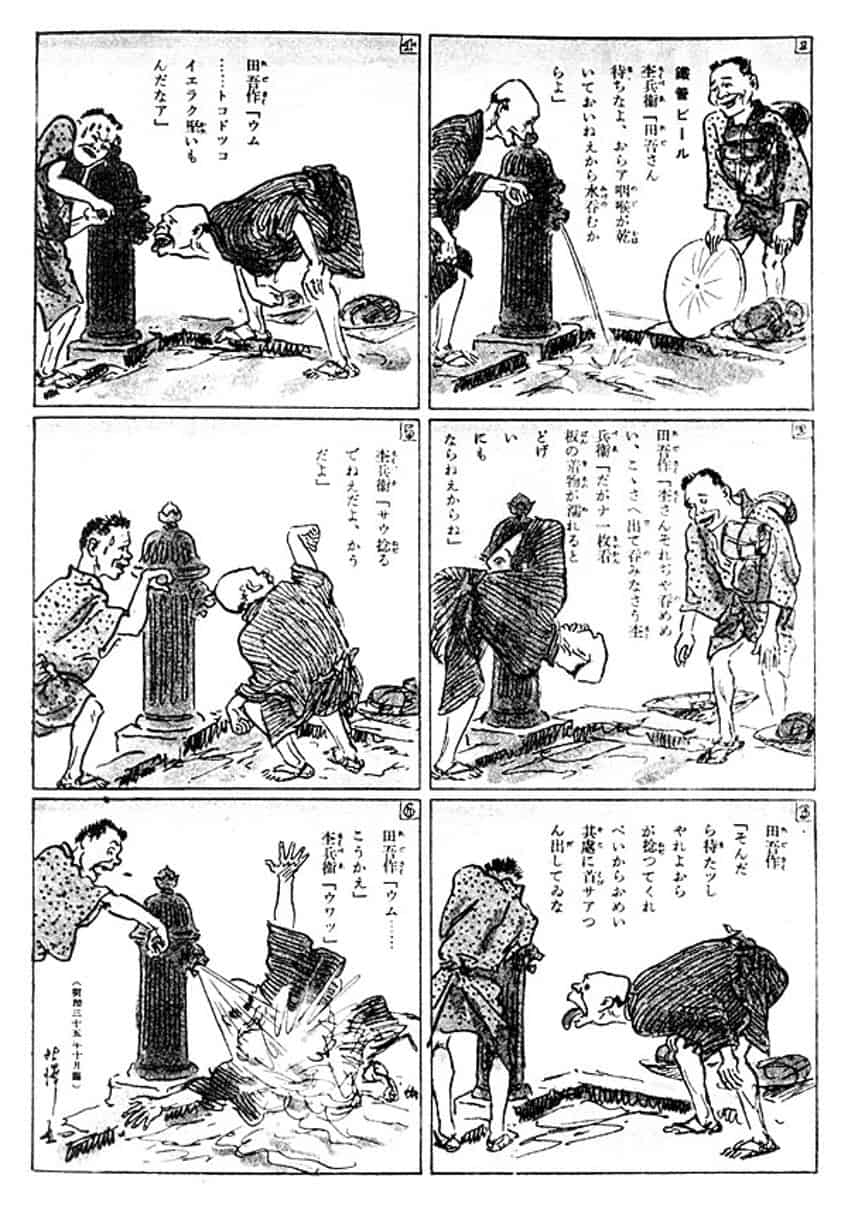
During the early 19th century, two manga books were published, called Hokusai, and Aikawa Minwa’s Manga Hyakujo. These featured a large selection of drawings from the sketchbooks of renowned artist, Hokusai (1760-1849). Later, in 1876, Rakuten Kitazawa published his works, and he was considered the first professional cartoonist, who also first coined the term “manga”.
All through the 19th century and moving into the 20th century, the techniques used in the printing industry became more effective. So, Japanese artists used this to continue publishing comics that criticized the government and politics. This resulted in the government censoring artists and closing many of their publishing houses.
During the Second World War, the Japanese authorities used manga to spread propaganda and Japanese imperialism.
After the occupation of Japan by America, the American style of comics had a marked influence on the manga art style. For example, where Tezuka Osamu (1928 – 1989), who was a Japanese manga artist, created works such as Astro Boy (1952 – 1968) that combined Western themes with traditional manga elements.
Later in that same era, the same thing occurred with Akira Toriyama’s (Born 1955) series Dragon Ball Z (1968), which became a Japanese anime television series. There is also Hayao Miyazaki’s (Born 1941) My Neighbor Totoro (1988), a Japanese fantasy film. All these works brought about a greater awareness of Japanese culture in the Western world.
Today manga has developed into a worldwide sensation with many printed publications of anime series that cover multiple genres, which draw huge audiences in almost every country. Not only is it found in comic books and films, but it has also evolved into video games that draw the interest of many fans.
Characteristics of Manga
Japanese manga is an art form that incorporates comic books, cartoons, and graphic novels and it is a lot different from the Western manga. The difference is in the way it is read from right to left as well as the color that is always in black and white, while the rest of the world uses color in its production.
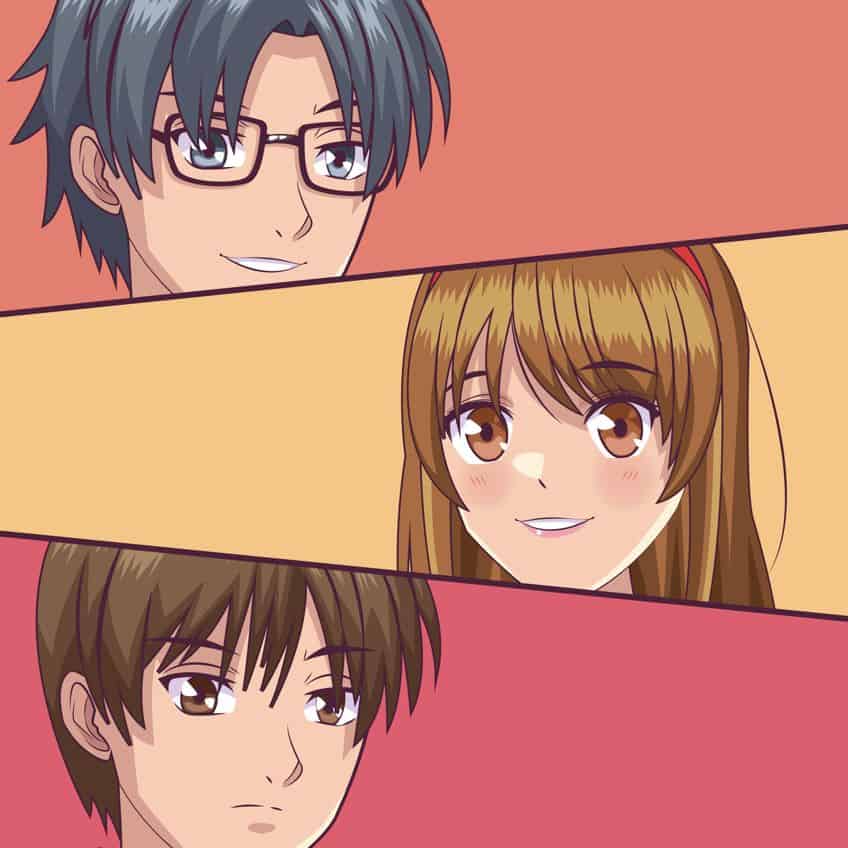
Unique Art Styles of Manga
The drawing or art styles of manga can range from characters that have enormous eyes and ears and wild or way-out hairstyles, to stick figures drawn with a few squiggles. There are also realistic and highly detailed images. Boys are illustrated by using jagged straight lines, while girls are typified in a more flowery and flowing style.
For movie presentations, the lines are sped up and graphic sound effects are added to emphasize the action.
The manga characters are usually presented with exaggerated emotions, such as tears pouring out in buckets, or when they laugh, their eyes become like slits and their mouths increase abnormally to the size of their faces. When a character is angry, they are depicted with rosy cheeks and steam rolling around their bodies. Here are some manga character features.
- Oversize eyes convey the emotions of the characters in a powerful manner.
- The characters usually have very white skin.
- Slender figures are usually out of proportion to a body, the heads are overly large.
- You have pages that are read from right to left.
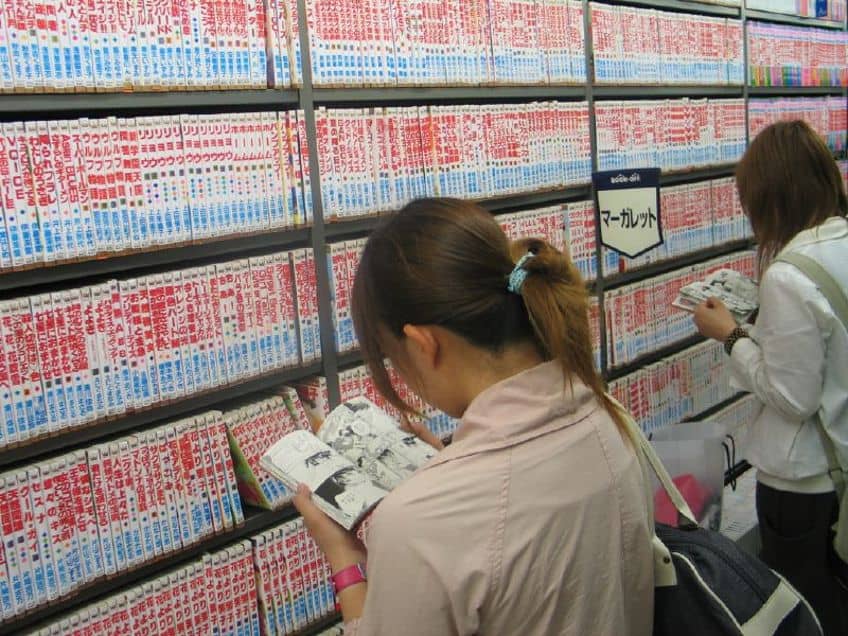
- Many characters have Japanese-style school uniforms.
- A larger variety of changes or evolutions between pictures and scenes.
- There is the placement of cartoon-style characters in realistic settings.
- The characters are usually complex and emotionally realistic.
Manga Storytelling Techniques
The telling of stories in manga appears to be much slower than that of the Western style of comic books. This makes the artist linger much longer over details in creating moods or incidents, highlighting certain emotions or actions, or stressing a particular plot. When creating a manga story, it is vital to bear in mind that manga storytelling is visual. You need to pay close attention to your panel layout, background details, and character design.
You should learn to understand how your characters are going to work together in creating a very compelling story.
Creating a Plot
A well-designed and crafted plot is the foundation of your manga storytelling. The plot should be so crafted that it can keep the reader’s attention, so they become so involved in your story from the beginning to the end. The plot should have some twists and turns that bring the readers back for more.
Plot Techniques
Try to use some clues that can add depth to the plot, which will also be able to build tension and suspense. Tell the story out of order by jumping around, such as beginning at the end and working backward, which will keep your readers guessing.

Plot Setting
The setting is a major element of storytelling, and it involves the environment where the story is to take place, like in a forest or in the city. You need to describe the setting with a certain richness that will create a mood or atmosphere. When creating your setting, it is very important to pay great attention to detail, by describing the smells, sounds, or sights of the surrounding environment, and then allowing the characters to reflect this by showing anger or fear.
Creating Characters
You need to create relationships between each character that evolves, are dynamic, and are believable. Include conflict between the characters that will produce tension, which helps drive your story forward. The conflict needs to be balanced with times of understanding and empathy.
It is very important when creating characters that you define their individuality, like physical appearance, type of clothing, and accessories so that each character is distinguishable from one another.
Add Complexity and Depth
By including tension and suspense, you add complexity and depth to your story. This is one more method, which will make your manga story memorable. This can be done by adding elements like symbolism, cultural references, and themes. To add depth to your story by using symbolism, use some images, actions, or objects that can represent something more abstract and deeper. For example, include in your character’s journey how they overcome adversity or personal growth.
By using cultural references, you can ground your story to one specific place or time, which can add some richness to your manga story. For this, you can refer to popular cultures, historic events, or any form of cultural tradition. Themes are there to provide your manga story with significance and meaning, which could be obvious or subtle and should be woven into your story, giving it a sense of purpose. Some themes you may consider include friendship, love, as well as coming of age.
Dialogue
The art of dialogue is a vital element of your manga storytelling, which should allow your characters to communicate with each other in such a way that it reveals their character and moves the plot forward.
The dialogue must be natural and realistic, similar to how we speak to each other every day.
Themes, Genres, or Types of Manga
Is Manga a genre? There are numerous genres or types of manga that exist, such as fantasy, adventure, action, romance, horror, detective, drama, and much more. Most manga fans regard these as genres. However, when dealing with the manga industry, all of those referred to above would be regarded as sub-genres, as manga genres focus on demographics.
This means that these genres are descriptive and not prescriptive as they are designed to target specific audiences but are not limited to those audiences and can be read by anyone. Shojo, a category of manga, are stories meant for young girls and women, but that does not mean that young boys cannot also read them. However, if a young boy is looking for mystery stories, then he would search for them in Shonen manga. It is important to remember that manga has something for everyone, whether it be school romances, mystery, or fantasy manga. This brings us to the place where we recognize only four of the main genres, which are:
- Shojo
- Shonen
- Seinen
- Josei
Shojo Manga
Shojo manga is designed for teen and tween girls, aged between 10 and 18. These feature young female characters and usually focus on drama, emotions, relationships, and coming-of-age themes, and less on action and horror.
The covers of these books usually portray flowers, pretty pink colors, and other adorable images that reflect drama and emotion.
This does not mean that shojo manga only has fun and endearing stories. The storylines can vary just as much as in any other manga genre. This is very evident in Ai Yazawa’s story Nana (2000 – 2009), which was classified as a Shojo series because a Shojo magazine published it.
The story of “Nana” is of two young women, the one pursuing fame, while the other pursues romance, and their struggles to maintain a friendship. In contrast, the manga group known as Clamp did a series known as Cardcaptor Sakura (1996 – 2000), which is the story of a young 10-year-old girl who possesses magical powers and is found trying to save her city from monsters. Both storylines are vastly different, but both are classified as a Shojo series.
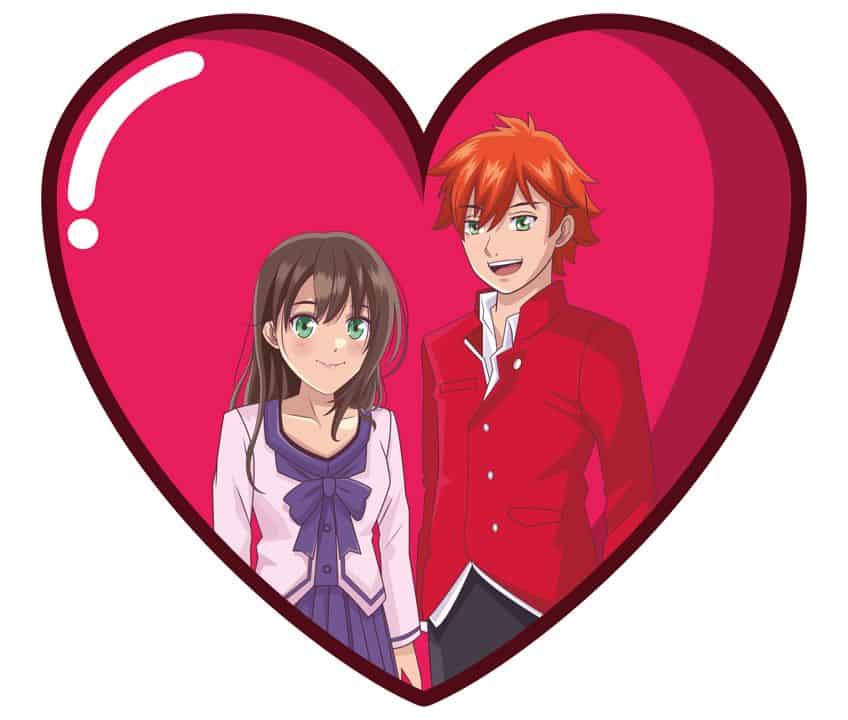
Then there is Naoko Takeuchi’s Sailor Moon (1991 – 1997), doubtless the most famous of all the Shojo series. It is a story of a young 14-year-old girl who transforms into a legendary Sailor Moon, from the destroyed Moon Kingdom, and she must defend the Earth with her Sailor Scouts from evil forces.
Shonen Manga
Shonen manga is designed for teen and tween boys aged between 10 and 18. These feature young male characters and usually focus on adventure, friendship, action, and battle themes. Shonen manga features comedy with plenty of action, typical for young boys, and many of them record the longest-running series in history.
The covers of these Shonen series highlight young male characters in certain action poses.
The Weekly Shonen Jump manga magazine has regularly published some very popular Shonen manga series that cover the last 30 years. One of these created by Akira Toriyama is the Dragon Ball series (1984). This series was originally inspired by the old Chinese novel Journey to the West from the 16th century and was linked with certain elements of Hong Kong’s martial arts films.
The series is about a young male hero, Son Goku, who was trained in martial arts from his childhood days, most of these years were spent far from any form of civilization. Then he meets a teenage girl called Bulma, and she encourages him to join her in the quest of searching for seven orbs called Dragon Balls. When finding these orbs, a dragon who can grant wishes is summoned. Along the way, he discovers his alien heritage, makes several friends, and battles several different villains, some of whom are also searching for the Dragon Balls.
Another well-loved Shonen manga series by Masashi Kishimoto is Naruto (1995). This tells the story of a young ninja who seeks to be recognized by his peers, and dreams of one day becoming the Hokage or leader of the village. The story is revealed in two parts, first in his childhood and then in his teenage years.
Seinen Manga
Seinen manga is designed to target adult men 18 years plus and is like Shonen manga. This means that it features violence and action. However, it is a lot darker and has a more serious tone, and features foul language, graphic violence, sexual, and adult content.
Any manga series that does not find a place in the other categories automatically falls under the Seinen manga series.
The Shonen manga series features characters that have a very naïve and innocent view of the world, but the Seinen series features male characters that face real-world situations, where the hero does not always win the battle, and save the day.
One of the well-known and recognized Seinen series is Akira (1982 – 1990), created by Katsuhiro Otomo. The story centers around a teenage leader of a biker gang known as Shotaro Kaneda, a revolutionary militant Kei, an ESP (Extra Sensory Perception) trio, and a military leader Colonel Shikishima. This group attempts to stop Kaneda’s mentally unbalanced friend, Tetsuo Shima from using his unstable condition to destroy the city and arouse a mysterious being with psychic powers called “Akira”. In this series, Otomo makes use of the cyberpunk genre to focus on corruption, political turmoil, power, and social isolation.
https://www.youtube.com/watch?v=iGKJfCuvjOg
Another well-known Seinen series created is Berserk (1988) by Kentaro Miura. This is set in medieval Europe, and the story centers around a mercenary known as Guts, Griffith the leader of a mercenary group named “Band of the Hawk”, and a lone swordsman.
Josei Manga
Josei manga is designed to target adult women 18 years plus and features a more mature narrative, delving into personal and romantic relationships that are in greater depth than the Shojo manga series and are often non-fiction. They are very similar to American adult romance novels that contain borderline pornographic material.
The Shojo manga series always features female characters, whereas the Josei manga features both male and female characters.
The female characters always pursue homosexual or heterosexual relationships, while the male characters pursue homosexual or homoerotic relationships. One of the best-known Josei manga series Loveless (July 2002) by Yun Kouga is a story about a twelve-year-old schoolgirl, Ritsuka Aoyagi. She meets an older man named Soubi Agatsuma, who claims that he was close to Ritduka’s brother Seimei, who was killed a few years earlier.
When examining her brother’s old computer files, she finds out that an organization named “Septimal Moon” was responsible for his death. Then Ritsuka and Soubi get together to fight and they challenge Septimal Moon to uncover the truth about her brother’s death and develop a friendship as they try to solve the mystery.
Another well-known Josei manga is Princess Jellyfish (2008 – 2017) by Akiko Higashimura. The story is about a female character, Tsukimi Kurashita, whose love for jellyfish comes from her deceased mother who took her to the aquarium, where she linked the tentacles of the jellyfish to the dress of a princess.
Manga vs. Anime
Manga and Anime have become very popular, not only in Japan but also in the Western world. This is because Japanese storytelling expresses rich stories that have dynamic characters and are set in bright and lively settings. The stories can also be enjoyed by adults as well as children. So, what makes these two works different?
What Is Anime?
We have already discussed in length what manga is, let us now define anime for you. Anime is a certain style of animation that originated in Japan and is characterized by bright colors, and high contrasts with topical and relevant elements of fantasy and science fiction.
The name “Anime” originates from the Japanese term “animeshivon”, which means animation.
Some people categorize all Japanese productions as anime, yet others call all animations that make use of visual styles anime, irrespective of where it was produced. To make it very simple for you to understand, anime are movies or television productions, while manga are graphic novels or Japanese comic books. Many manga series have served as a basis for anime, yet most manga have never been made into an anime production, and not all anime productions are based on a manga series.

When any of the manga series becomes very popular, then it may become an anime, which was the case with Dragon Ball Z and Sailor Moon. The same can apply to anime if it is very popular, it may become manga. However, these two terms are not interchangeable. Manga first started by printing on paper in the newspaper, then in magazines, in multi-volume books, and is even now going digital. Only if it proves popular, will it then become an anime series or film.
Impact of Manga on Society
Manga series covers a huge variety of creative, funny, philosophical, inspirational, and artistic material, and with its many themes, it affects sports, schools, homes, offices, and even parliament. Manga is a very powerful instrument that influences young and old and works as a significant tool for cultural entertainment, as it depicts many forms of emotions, vices, and virtues.

Cultural Significance of Manga in Japan
Manga in Japan has reflected on events in Japanese society during different historical periods until it is what we find it to be today. Like other forms of visual art entertainment and literature, manga is wrapped up in the Japanese social environment, which includes language, history, culture, religion, education, politics, and economy.
Manga, therefore, reflects Japanese society together with beliefs, myths, traditions, and rituals.
Global Impact of Manga
During the 1980s and 1990s, manga saw a significant increase in the global market, gaining a very strong foothold in the United States. When Akira was released in 1988 and Ghost in the Shell in 1995, manga began to attract a much larger international audience than ever before. In the early 2000s, the manga industry expanded to include distributors and publishers on a global level.
Influence of Manga on Other Forms of Media
Popular Japanese manga has a far-reaching influence on many different types of media. Many manga series are published as books, comics, adapted as television shows, movies, and video games as well as collectible figures. The roots of manga can be traced back to every aspect of Japanese culture and economy.
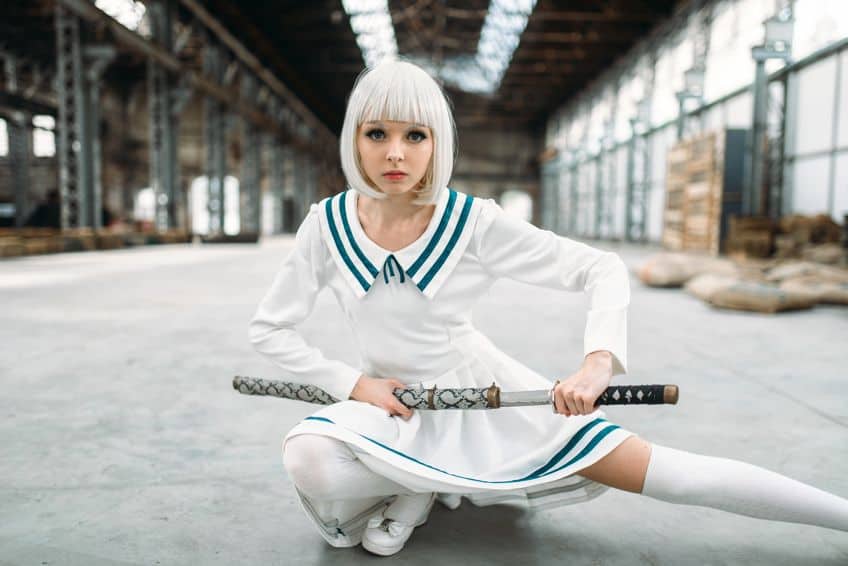
Japanese manga contains a vast number of styles and genres, and part of the fun is discovering new genres and narratives you have never come across before. So, whether you are an experienced fan of manga or you are only beginning to discover these Japanese comics, they will provide you with a very entertaining reading experience!
Frequently Asked Questions
What Is the Most Popular Genre of Manga?
Adventure appears to be the most popular genre of manga, and it follows a character’s journey where they battle against villains and try to defeat obstacles. A famous example is the Dragon Ball series.
Is Manga a Genre?
Manga is mainly categorized by audiences first, and then by genre, which fits all the categories that are required for a manga book.
What Was the First Form of Manga in Japan?
Manga first originated from Emakimono or scrolls, and appeared in the 12th and 13th centuries as a series of drawings like rabbits and frogs. The series was titled Choiu-giga, which depicts frolicking animals.
In 2005, Charlene completed her Wellness Diplomas in Therapeutic Aromatherapy and Reflexology from the International School of Reflexology and Meridian Therapy. She worked for a company offering corporate wellness programs for a couple of years, before opening up her own therapy practice. It was in 2015 that a friend, who was a digital marketer, asked her to join her company as a content creator, and this is where she found her excitement for writing.
Since joining the content writing world, she has gained a lot of experience over the years writing on a diverse selection of topics, from beauty, health, wellness, travel, and more. Due to various circumstances, she had to close her therapy practice and is now a full-time freelance writer. Being a creative person, she could not pass up the opportunity to contribute to the Art in Context team, where is was in her element, writing about a variety of art and craft topics. Contributing articles for over three years now, her knowledge in this area has grown, and she has gotten to explore her creativity and improve her research and writing skills.
Charlene Lewis has been working for artincontext.org since the relaunch in 2020. She is an experienced writer and mainly focuses on the topics of color theory, painting and drawing.
Learn more about Charlene Lewis and the Art in Context Team.
Cite this Article
Charlene, Lewis, “What Is Manga? – All You Need to Know About Japanese Comics.” Art in Context. April 21, 2023. URL: https://artincontext.org/what-is-manga/
Lewis, C. (2023, 21 April). What Is Manga? – All You Need to Know About Japanese Comics. Art in Context. https://artincontext.org/what-is-manga/
Lewis, Charlene. “What Is Manga? – All You Need to Know About Japanese Comics.” Art in Context, April 21, 2023. https://artincontext.org/what-is-manga/.


